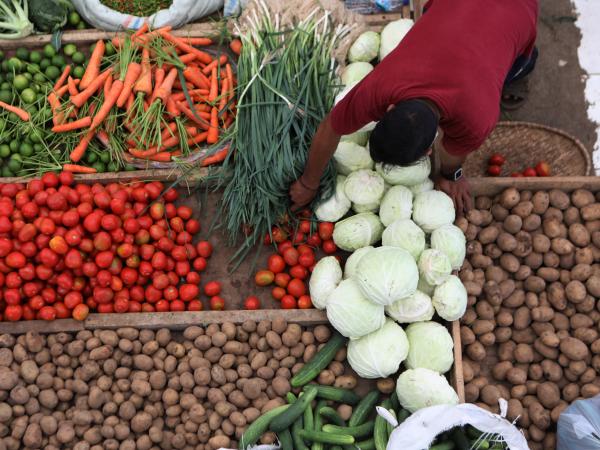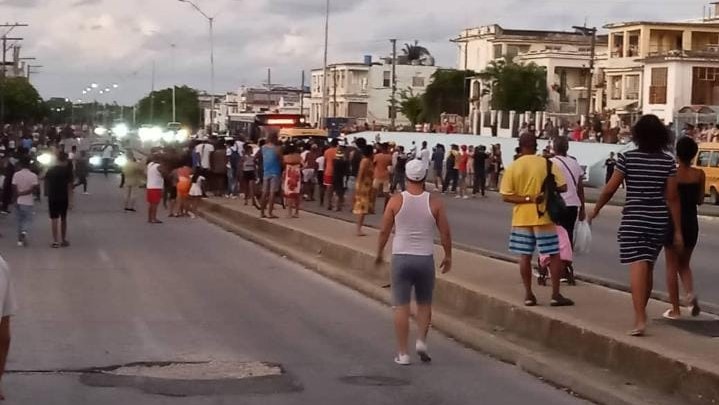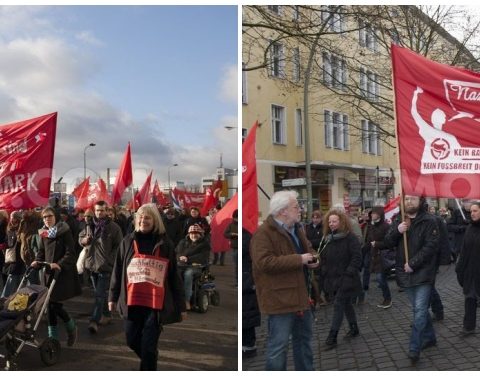This Wednesday the National Administrative Department of Statistics (Dane) will publish the inflation data for the month of September, and a new increase is expected, with which the annual variation of the consumer price index (CPI) would rise from 10.84% which saw in September to around 11.3%.
(Read: Do the days without VAT benefit inflation in Colombia?).
If so, Colombia would be experiencing the highest inflation figure in 23 years, since the last time the country saw inflation above 11% was in April 1999 (11.17%).
According to the monthly survey of expectations carried out by the Banco de la República, for the month of September there would be a month-on-month increase in inflation that would be, on average, of 0.71%, with a range between 0.3% and 0.92%.
Likewise, the latest Fedesarrollo Financial Opinion Survey (EOF) for the month of September indicated that analysts they consider that inflation will be at 11.20% for the reference month in its annual variation.
According to analysts, the food category, added to that of restaurants and hotels, also due to the weight of the price increase in this type of product, and other categories such as services, education and transportation will especially drive the price increase in September.
One of the projections that expects a behavior for this range is that of BTG Pactual. The entity projects a variation of 0.79% in September pricesfor an annual figure of 11.28%, according to Munir Jalil, the bank’s chief economist for the Andean region.
“What we saw specifically in the data for the month, through Sipsa (Agricultural Sector Price and Supply Information System), is that unfortunately food prices do not want to give in, and we continue to see at least in the ‘ preview’ a food inflation at 1.3%. That’s the bad news, that should be calmer, but in the midst of the La Niña phenomenon, all the fruit and perishables part is being negatively affected and that is harming usKhalil said.
(Also: Loss in the final stretch: economy will end the year with decrease).
According to the economist, it is expected that the peak of inflation will occur in the fourth quarter, and that it will subsequently begin to fall.
Inflation around the world is skyrocketing.
istock
Bancolombia’s inflation expectation for September, on the other hand, fwas recently revised upwards, from 0.75% to 0.8% in monthly terms, which would imply that the 12-month reading would end at 11.3% in September.
“This implies an acceleration compared to the record we saw in August, but more important than that is that we continue to see a variation in the CPI that widely exceeds the historical records for this month of the year,” he said.
According to the economist, this is significantly related to food inflation, and a variation of 1.2% is expected for this item alone, due to significant pressure on the dperformance of proteins such as beef, chicken, pork, eggs and milk, and also in rice, bread and oil. “That trend is not offset by the moderation we see in some perishable agricultural goods,” he said.
(See: The dangers that the tax reform would represent for the country).
Espinosa projects that also “there may be an effect related to regulated items, particularly the increase in the price of fuels that the government has already announced, and also a short-term performance of electricity, which will continue to be significant”.
From Banco Itaú it is also expected that for the publication of the CPI corresponding to September prices show an increase of 0.80%and it is food that drives a monthly variation in prices, which would lead to a new acceleration in annual terms of inflation, to 11.3%.
“Other items will also be key this month, as in the case of restaurants, which will continue to incorporate the increases and traction of other months in food prices, and we will also see some increases in education, very possibly in food prices. fuels, and in housing, which has had all the ‘noise’ in terms of public services and has been generating higher levels of inflation,” said Carolina Monzón, manager of Economic Research at Itaú.
Jackeline Piraján, an economist at Scotiabank Colpatria, also agrees with these opinions, who maintains that once again the price of food, together with the increase in eThe price of some serviceswould be the main fundamentals to continue waiting for a rise in the IPC.
“Additionally, in September, the prices associated with the education service were increased.n”, this, according to Piraján, because a higher contribution from the education category is expected before the start of the new academic calendar. In addition, the economist said that increases related to prices associated with home maintenance, rent and public services also persist.
(See: Dollar greater than $4,000: what is next and what depends on whether it continues to rise).
From Scotiabank Colpatria the projection of 0.68% per month and 11.16% per year, with an upward bias. “As for next year, inflation is expected to begin to subside, although on average it would hold above 8% in the first half of the year,” said Piraján.
Upra registered rise of 1.42% in food
The Agricultural Rural Planning Unit (UPRA) dIt was announced that in September food prices rose by around 1.42%; figure lower than that reported in August, “but that indicates that the inflationary trend presented in food continues.”
This was explained in particular by the increase in the price of different varieties of potatoes, fresh fruits, rice, meats, eggs and cheeses.
Laura Lucia Becerra Elejalde

















